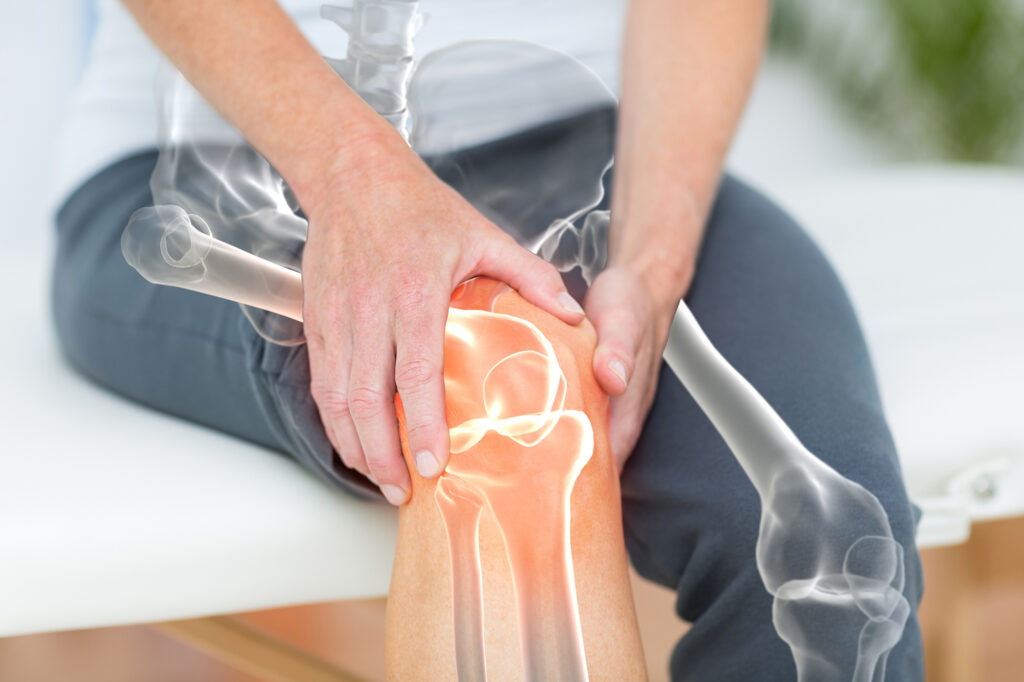Hip and Knee Replacement Pilot Program
Quality of care for hip and knee replacements skyrocketed through one of the most extensive health services delivery evaluation ever undertaken in North America.
Challenge
In Alberta, there were excessively long waiting times to see an orthopaedic surgeon followed by even longer waiting times for surgery to occur. The care given to hip and knee replacement patients was variable, influenced by such factors as socio-economic status, age and geographic location. An atmosphere of spiralling public health care costs put pressure on resources and constrained the ability of the public system to meet a growing need for hip and knee replacements.
Problems to Solve
- Improve quality and efficiency of services
- Reduce wait times
- Accountability towards funding
Approach
ABJHI’s internationally recognized work in raising the quality of care for bone and joint patients began with designing a hip and knee replacement care path for Alberta based on the best evidence available worldwide. The care path was designed in 2004 in collaboration with the Alberta Orthopaedic Society, representing the province’s orthopaedic surgeons, and with provincial health authorities. The care path focused on the full care continuum—through referral, patient assessment, patient optimization, surgery, in-hospital care, sub-acute care, recovery at home, and post-operative monitoring. Extensive funds were allocated to support a provincial pilot of the care path from 2005 to 2006, which was managed by ABJHI. The pilot was run as a rigorous randomized, controlled study to balance effectiveness and cost.
Tangible Outputs
- Care pathway
- Measurement framework
- Patient outcome reporting tools
Results
The pilot concluded in spring 2006 and involved 1,125 patients who received a total hip or knee replacement under the new continuum and 513 who received a total hip or knee replacement under the conventional method of service delivery. Patients who followed the new care path [https://www.albertaboneandjoint.com/wp-content/uploads/2019/10/Hip-Knee-Scientific-Report.pdf] had significantly greater improvement in general health, less pain after surgery, and greater ability to perform normal daily activities than those who received conventional care. Waiting times for consultation with a specialist and for surgery declined dramatically. Patients were more satisfied with their hip or knee replacement and more accountable for their outcomes.



